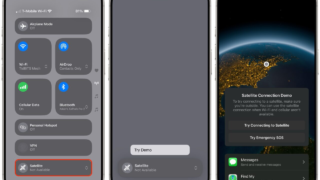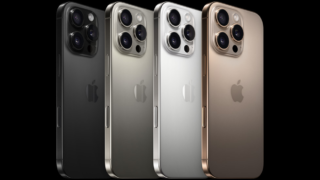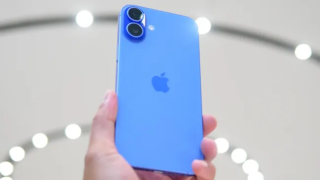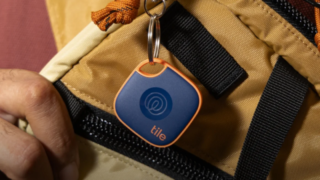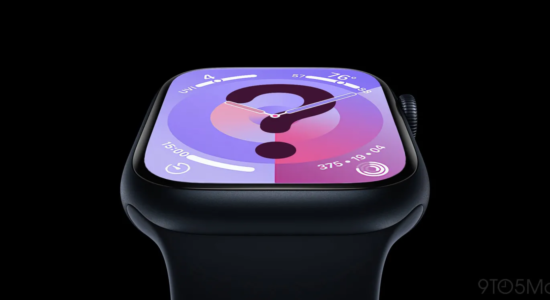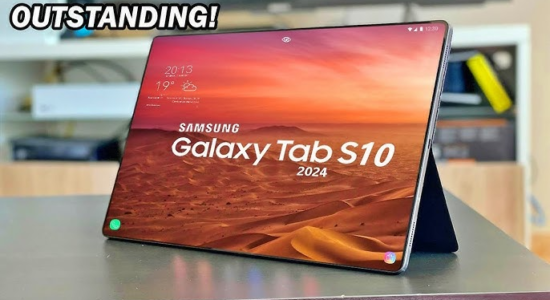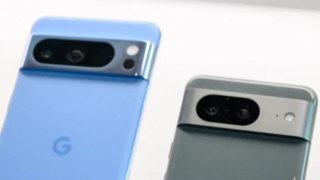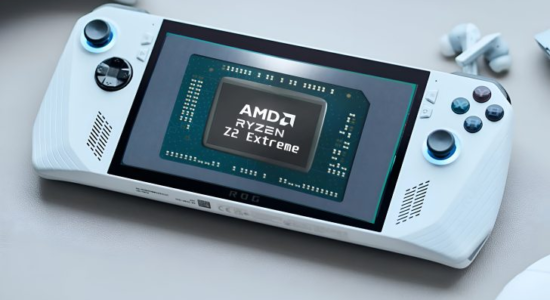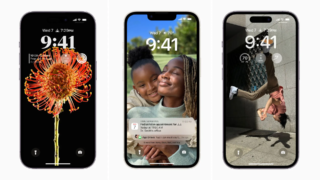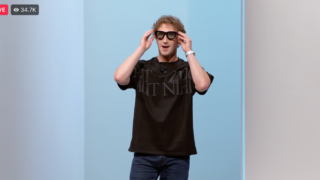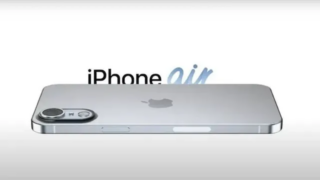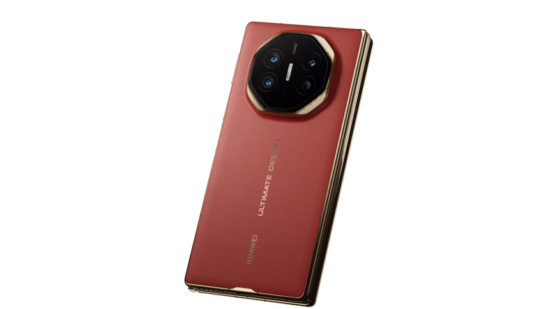
The highly anticipated launch of Apple’s iPhone 16 series has been overshadowed by Huawei’s Mate XT, a move that has taken the tech world by surprise. The Mate XT, with its superior AI capabilities, has become the center of attention, especially in China, a key market for both Apple and Huawei. In this blog, we’ll explore how Huawei managed to outshine Apple and what it means for the future of smartphone innovation, AI integration, and market competition.
The Disappointing iPhone 16 Launch
Apple’s iPhone 16 was positioned to be a game-changer in the world of smartphones, particularly due to its AI capabilities. The iPhone 16 series, Apple’s first AI-powered lineup, was expected to set new benchmarks in artificial intelligence. However, the launch left many fans and critics underwhelmed, especially due to the delay in rolling out these AI features globally.
Apple’s AI suite, known as Apple Intelligence, which was showcased at the company’s developer conference in June 2024, was supposed to revolutionize the user experience. However, the suite won’t be fully functional until next year. This delayed AI integration has not only disappointed Apple fans but also allowed competitors to capitalize on the gap.
According to industry expert Laura Martin from Needham, the iPhone 16 launch can be summarized with a simple statement: “Next year will be better.” This has caused frustration among customers who expected more from a brand that has consistently set the standard for technological innovation.
Huawei Mate XT: A Technological Marvel
In stark contrast to Apple’s delayed AI rollout, Huawei introduced its Mate XT hours after the iPhone 16 event. The Mate XT features cutting-edge AI capabilities powered by Huawei’s in-house Kylin CPUs, which have been developed to counter the restrictions imposed by US sanctions.
Huawei’s Mate XT offers advanced AI features right from launch, such as:
- AI-driven text summarization
- Content translation
- Photo editing
These features have set Huawei apart as a leader in AI innovation, while Apple continues to struggle with its own AI deployment. The Mate XT’s advanced AI assistant has particularly resonated with Chinese consumers, providing them with the features they expected from Apple.
The Huawei Mate XT’s foldable design, a tri-fold innovation, is another highlight that distinguishes it from Apple’s traditional approach to smartphone design. With over four million pre-orders in China alone, the Mate XT is already proving to be a massive success, underscoring Huawei’s resurgence in the smartphone industry.
The Chinese Market: A Critical Battleground
China is a critical market for Apple, but the iPhone 16’s lack of localized AI features has hurt its standing in the region. Chinese consumers have voiced their disappointment, particularly with the fact that AI features will not be available in their language until 2025. One user on Weibo sarcastically questioned, “With the main feature unavailable, shouldn’t we pay half the price?”
This discontent comes at a time when Huawei has firmly positioned itself as a leader in China. The Mate XT, with its AI features available from the outset, has given Huawei a significant advantage over Apple in this competitive market. This has led to a shift in consumer perception, with Apple’s once-dominant position in China slipping from third to sixth in terms of market share.
Regulatory Hurdles: Apple’s Struggles in China
Apple’s delay in deploying AI features in China can be attributed to the country’s stringent regulatory environment. China’s government has approved 188 large language models for public use, but none of them belong to foreign companies. This has left Apple in a precarious position, as it hasn’t announced a Chinese AI partner, further complicating its efforts to introduce Apple Intelligence in the region.
The tech giant is now facing an uphill battle in China, where it risks losing even more market share to competitors like Huawei and Xiaomi. The regulatory uncertainties surrounding AI in China have raised concerns about whether Apple will be able to fully integrate its AI capabilities in the country at all. Even if Apple manages to launch Apple Intelligence in Chinese-speaking countries outside of mainland China, it could still face delays in its largest market.
The Rise of Huawei Amid US Sanctions
Huawei’s resurgence in the high-end smartphone market is even more remarkable considering the challenges it has faced due to US sanctions. The Mate 60 Pro, which launched last year, marked Huawei’s return to the premium smartphone sector. Powered by a domestically-produced chip, the Mate 60 Pro demonstrated that Huawei could innovate and compete despite being cut off from global semiconductor supplies.
This momentum has carried over to the Mate XT, which represents a new era for Huawei. The company’s innovative foldable designs and advanced AI features have allowed it to surpass Samsung as the leader in the foldable phone market. This is a testament to Huawei’s strategy of self-reliance and domestic innovation, which has allowed it to thrive even in the face of international pressure.
What’s Next for Apple?
The delayed rollout of Apple Intelligence in China is a significant blow to Apple’s ambitions in the AI-powered smartphone market. Huawei has not only seized the opportunity to improve its standing in China but has also set the stage for future dominance in AI-driven devices.
Apple’s future success in China depends largely on how quickly it can adapt its AI strategy to meet local demands while navigating the complexities of Chinese regulations. The company will also need to accelerate the development and deployment of its AI features if it hopes to regain its position as a market leader in one of the world’s most competitive markets.
Customer loyalty to the Apple brand remains strong, but this loyalty is being tested by delays in AI readiness. Consumers are becoming increasingly frustrated by the lack of cutting-edge features that Apple has historically been known for. This puts even more pressure on the company to deliver something exceptional in the near future, especially if it hopes to compete with Huawei, Xiaomi, and other Chinese brands that have quickly adapted to the evolving market landscape.
Huawei Mate XT vs. iPhone 16: Short FAQ
- What sets the Huawei Mate XT apart from the iPhone 16?
- Huawei Mate XT features a tri-fold design and advanced AI capabilities available at launch, while iPhone 16’s AI features are delayed until 2025.
- Why was the iPhone 16 launch disappointing?
- Apple’s AI suite, Apple Intelligence, is still in development, and many key features won’t roll out until next year.
- What AI features does the Huawei Mate XT offer?
- AI-driven text summarization, content translation, and photo editing, all available at launch.
- Why is Huawei gaining in China over Apple?
- Huawei’s Mate XT offers immediate AI capabilities, while Apple’s AI features in China are delayed due to regulatory issues.
- Is the Huawei Mate XT available globally?
- The Mate XT has launched in China with high demand and may expand globally depending on sanctions and market conditions.
Conclusion
The battle between Huawei and Apple highlights a broader shift in the global smartphone industry. While Apple continues to innovate, its delayed AI rollout has given Huawei a significant advantage, especially in China. The Mate XT’s advanced AI features, foldable design, and timely release have allowed Huawei to capture the attention of consumers, further solidifying its position in the high-end smartphone market.
As the competition in AI-powered smartphones intensifies, the pressure is on Apple to accelerate its innovation and meet the growing demands of its global customer base. With Huawei rapidly advancing in both AI and design, Apple’s future success will depend on its ability to adapt and overcome the challenges that lie ahead.
In the meantime, Huawei’s Mate XT stands as a testament to the company’s resilience and innovation, setting a new standard for the future of smartphones.















